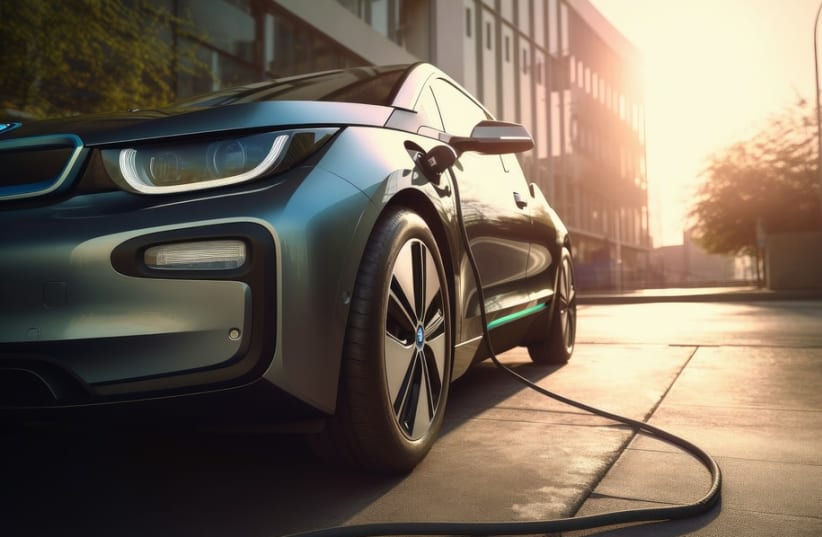Since the signing of the Abraham Accords, the Arab Emirates, led by Dubai, have become a hub for motorized entertainment for many Israelis: car rentals, off-road trips, and more.
But after 142 mm of rain fell in the Emirates yesterday, like in a year and a half of normal rainfall, its highways were flooded, causing locals to claim it was the largest amount of precipitation in the last 75 years.
At least one person died after a 70-year-old man was swept away in his car in Ras Al-Khaimah, one of the seven Emirates, as reported by the police.
Traffic jams of hours were created on the developed highway network around Dubai, with drivers abandoning their drowned cars. In other places, part of the traffic continued to flow, as alongside luxury cars like Rolls Royces and Bentleys stuck after water entered their engines, off-road vehicles like Toyota Land Cruisers and Nissan Patrols, popular models in the Emirates, kept on driving.
أقوى دعاية للبورش..فخر الصناعة الألمانية..#dubai #منخفض_الهدير#Porsche pic.twitter.com/f42NOQu4Dz
— aljwhra (@HM_Aljwharah77) April 16, 2024
But videos coming from Dubai show that even in places where water accumulated up to a meter high, electric cars like Tesla Model 3 and Porsche Taycan kept on driving, thanks to their lack of dependence on air intake for the engine like cars with internal combustion engines.
However, electric vehicles are not immune in such conditions: despite their heavy weight assisting in slowing down hydroplaning and tire detachment from the asphalt due to flooding, water can penetrate parts of the car that are not typically wet and can cause corrosion if the vehicle is not cleaned and dried thoroughly afterwards.
There were also residents who took advantage of the situation to have fun near the flooded house with a jet ski, or to use boats that turned into the only available mode of transportation.
More frequent and stronger extreme rains are due to climate change. The reason being: warmer air can hold more moisture, allowing for more intense rainfall. Today in Dubai, tomorrow these could be scenes from Al Ain highways and other roads in the country.
Dubai now. Brave soul. He does not make it. pic.twitter.com/bf4W1oJ40W
— Alex Krüger (@krugermacro) April 16, 2024
At least one person was killed after a 70-year-old man was swept away in his car in Ras Al Khaimah, one of the seven emirates of the country, according to the police.
Traffic jams lasting hours were created on the developed highway network around Dubai, and drivers abandoned their submerged cars. In other places, part of the traffic continued to flow, as luxury cars like Rolls Royces and Bentleys got stuck after water entered their engines, off-road vehicles like Toyota Land Cruisers and Nissan Patrols, popular models in the emirates, continued to drive.
But videos coming from Dubai show that even in places where water accumulated to a height of tens of centimeters, electric vehicles like Tesla Model 3 and Porsche Taycan were seen continuing to drive, thanks to their lack of dependence on engine air intake like in internal combustion engine vehicles.
However, electric vehicles are not immune in such circumstances: although their heavy weight helps to delay floating and detachment of tires from the asphalt due to flooding, water can penetrate parts of the car that are not usually wet and can cause corrosion if the vehicle is not cleaned and dried well afterwards. Expensive batteries are waterproof, but damages can still be very costly.
There were also residents who took advantage of the situation to have fun by the flooded house with a jet ski, or to use boats that have become the only available means of transportation.
More frequent and stronger extreme rainfall due to climate change. The reason: warmer air can hold more moisture, allowing for more intense rainfall. Today in Dubai, tomorrow these can be scenes from Ayalon highways and other roads in the country.
